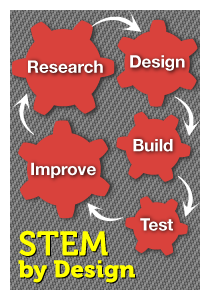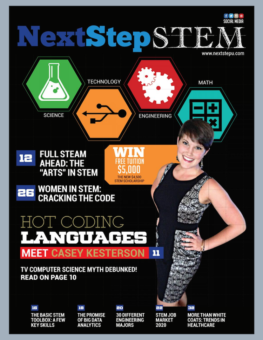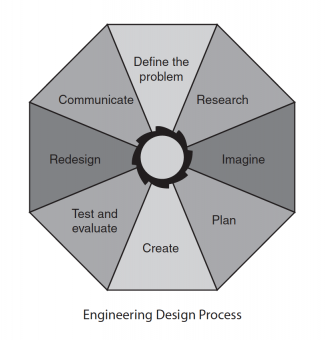STEM and STEAM — What’s the Difference?
A MiddleWeb Blog
 I’ve had some more inquiries from folk in the middle school arena on whether they should implement a STEM program or a STEAM program. I don’t think it’s an “Either-or.” I think it’s a “Both.” The difference between STEM and STEAM – if there is a difference – is becoming increasingly muddled.
I’ve had some more inquiries from folk in the middle school arena on whether they should implement a STEM program or a STEAM program. I don’t think it’s an “Either-or.” I think it’s a “Both.” The difference between STEM and STEAM – if there is a difference – is becoming increasingly muddled.
For example, the folk advocating STEM generally describe STEM education as the integration of science, technology, engineering, and mathematics to solve real world problems. They go on to acknowledge that solutions require innovation, creativity, analysis, teamwork, and communication; and always uses the engineering design process.

For a terrific article explaining current thinking about this issue, you’ll want to read Full Steam Ahead: The new frontier in STEM studies by Kate Alexander (see page 12). This article – which appears in NextStepU Magazine, a college and careers publication aimed at high school students and their families – makes a valuable point that the arts are far from new to STEM (something that may surprise both the STEM and STEAM aficionados.)
STEM and STEAM: A distinction without a difference?
When you listen to what folks are saying about STEM and STEAM education, they seem to be saying the same thing.

► Both STEM and STEAM use design processes that contain similar steps. The engineering design process involves creating prototypes, then testing, collecting data, and evaluating results before redesigning. A broader design process guiding thinking in the arts and humanities usually takes a comparable direction but may use more general terms to describe the design stages.
► Both STEM and STEM heavily emphasize communication. Communication in STEM education usually takes place through the visual, graphic, and auditory arts, or the language arts.
To demonstrate how wrapped up art is in this whole STEM movement, imagine being part of a team designing more earthquake-resistant homes. As you explain your idea, would you draw sketches to help your team mates visualize it? Would you look at pictures and schematics of such houses that have already been constructed? Such forms of art are such a natural part of STEM work that you may not even realize you are including art.
So what should a STEM coordinator or teacher do?

I shared some of these ideas in quotes you’ll find in the “Full STEM Ahead” story I cited above. If you’re interested, you can also read a short interview with me (p. 15) where I talk about reasons a young person today might choose a STEM career.
As I said there, it’s not just about if you like math and science. It’s also about whether you want to make a difference, and how you can best make that difference.
Visit Anne’s STEM By Design book site
for free lesson ideas and tools!





























